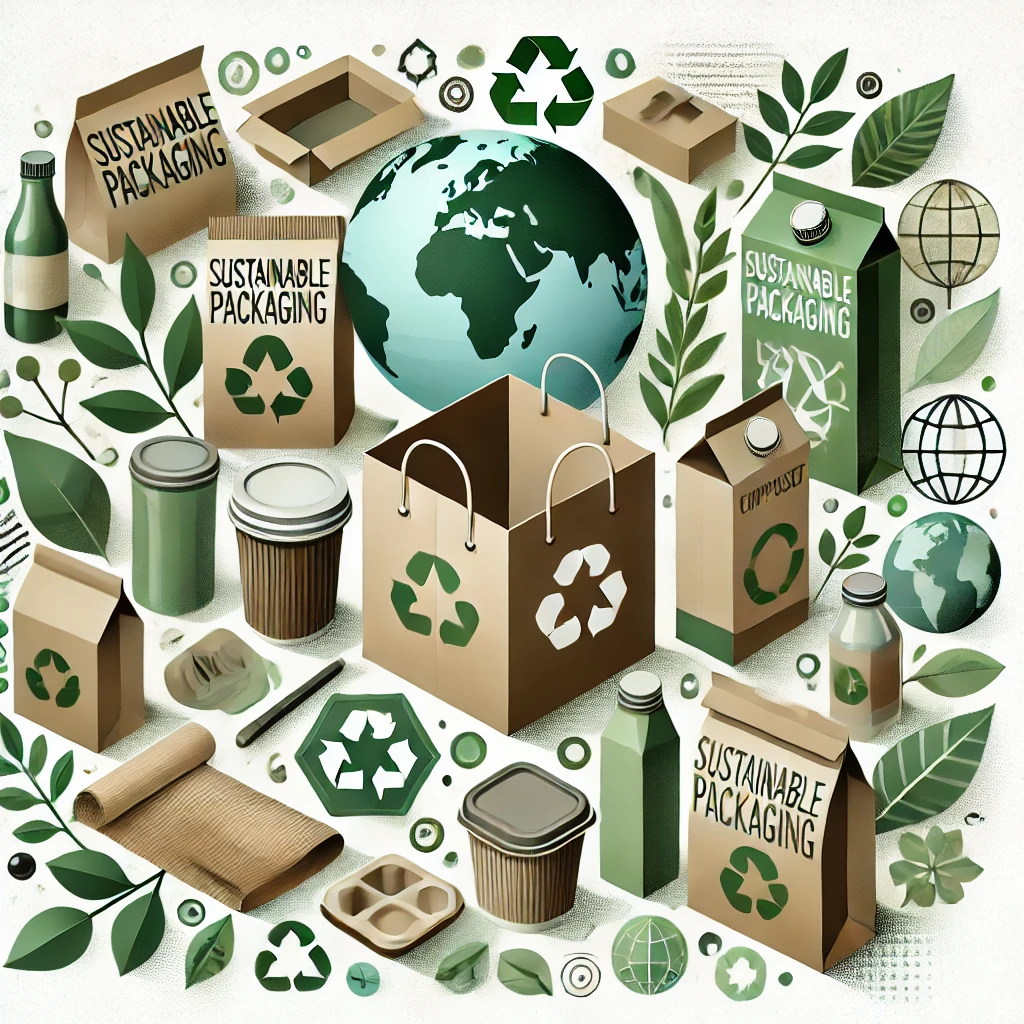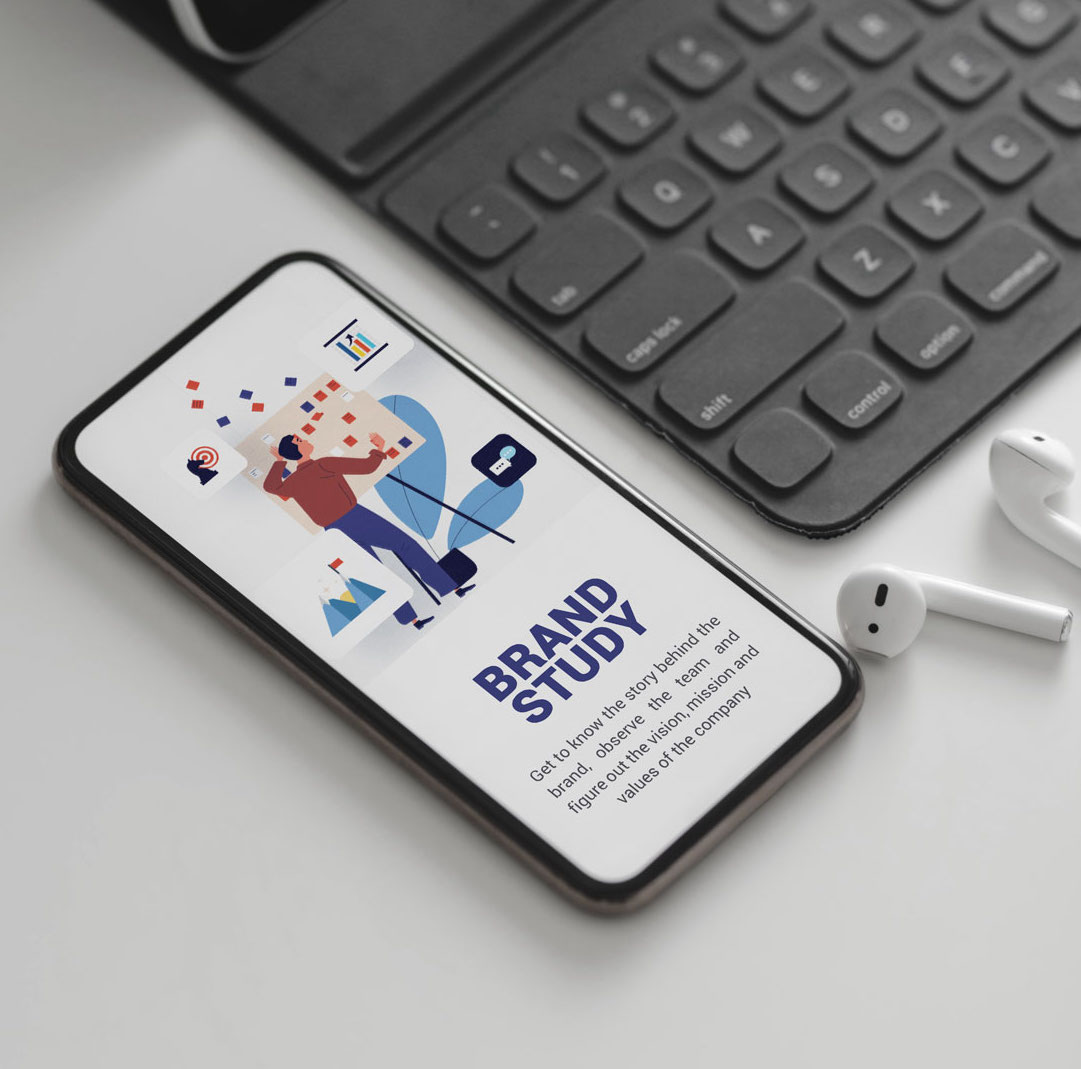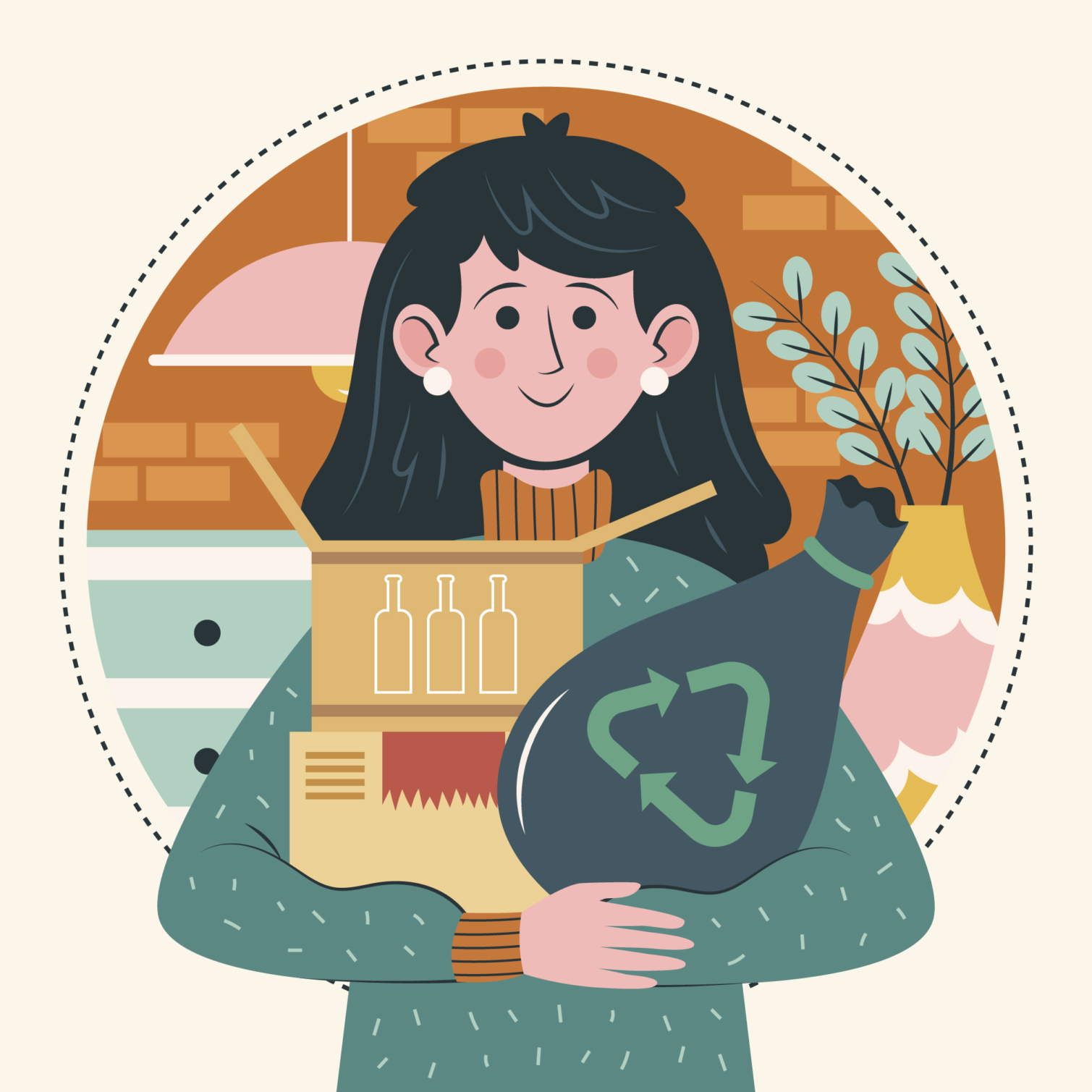In today’s eco-conscious world, sustainable packaging is no longer just a trend; it’s a necessity. With consumers becoming more aware of their environmental impact, brands are being pushed to adopt packaging solutions that are both eco-friendly and efficient. Sustainable packaging not only reduces the ecological footprint but also helps brands build a positive image among customers who value environmental responsibility. Let’s dive into the current trends in sustainable packaging and explore some best practices that can help your brand lead in this green revolution.

Trends in Sustainable Packaging
- Biodegradable and Compostable Materials One of the most popular trends in sustainable packaging is the use of biodegradable and compostable materials. These materials break down naturally, leaving no harmful residue. Common options include plant-based plastics, cornstarch, paper, and even algae-based packaging. Such materials are a great alternative to traditional plastics and are being adopted by brands looking to minimize their environmental impact.
- Minimalist Packaging Design Less is more – and that’s especially true in the world of sustainable packaging. Minimalist packaging uses fewer materials, which reduces waste and lowers production costs. This trend involves designing packages that are simple, straightforward, and devoid of unnecessary components. Additionally, minimalist packaging often uses recyclable materials and avoids excessive inks and dyes, making it easier to recycle.
- Reusable Packaging Reusable packaging is gaining momentum among brands aiming to create a circular economy. This trend focuses on creating packaging that customers can repurpose for another use, rather than throwing away. Brands like Loop and Lush have pioneered the use of refillable and returnable packaging, helping to cut down on waste significantly.
- Recycled Content Packaging Another sustainable packaging trend is using recycled materials. This can range from recycled paper and cardboard to plastics that have been collected and reprocessed. Incorporating recycled content not only reduces the demand for new raw materials but also helps to keep waste out of landfills and oceans.
- Smart Packaging Technology is also playing a role in sustainable packaging. Smart packaging involves the use of innovative materials and technologies that extend product shelf life, reduce waste, and improve logistics efficiency. For example, QR codes on packaging can reduce the need for printed manuals or provide information on recycling and proper disposal.
Best Practices for Sustainable Packaging
- Choose the Right Materials Start by selecting materials that have a low environmental impact. Consider options like FSC-certified paper, biodegradable plastics, or recycled materials. It’s important to balance sustainability with functionality to ensure that the packaging protects the product while also being environmentally friendly.
- Design for Recyclability Make sure your packaging is easy to recycle by using materials that are widely accepted by recycling facilities. Avoid combining different types of materials (like plastic and metal) that are hard to separate during the recycling process. Use clear labeling to guide consumers on how to dispose of the packaging properly.
- Opt for Minimalist Design Reduce the amount of material used in your packaging by adopting a minimalist design. Streamline your packaging to eliminate excess, use fewer components, and focus on functionality. Less packaging means less waste and lower costs.
- Educate Consumers Inform your customers about the sustainable aspects of your packaging. Use your packaging to tell the story of its materials, its recyclability, and the environmental benefits of choosing your product. This helps build brand loyalty and educates consumers on making greener choices.
- Evaluate and Iterate Regularly assess the environmental impact of your packaging choices and look for opportunities to improve. Stay updated on new sustainable materials and technologies and be willing to innovate. Sustainability is an ongoing journey, and continuous improvement is key.
Wrap-up
Sustainable packaging is an essential aspect of modern business strategy. By adopting these trends and best practices, brands can reduce their environmental impact, save costs, and appeal to eco-conscious consumers. Remember, the shift towards sustainable packaging isn’t just about following a trend; it’s about being part of the solution for a greener, healthier planet. Start today, and make sustainability a core part of your brand’s identity.




